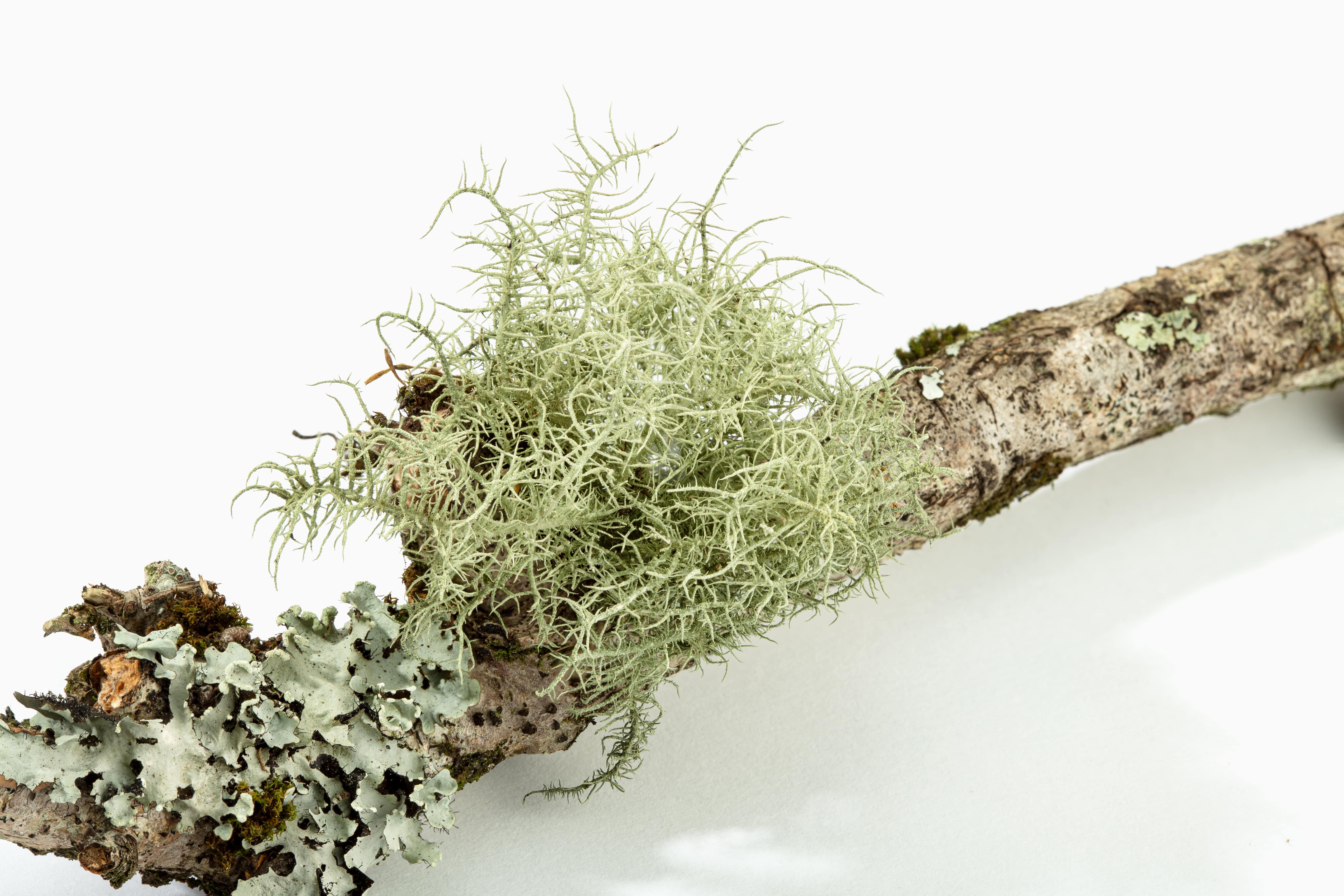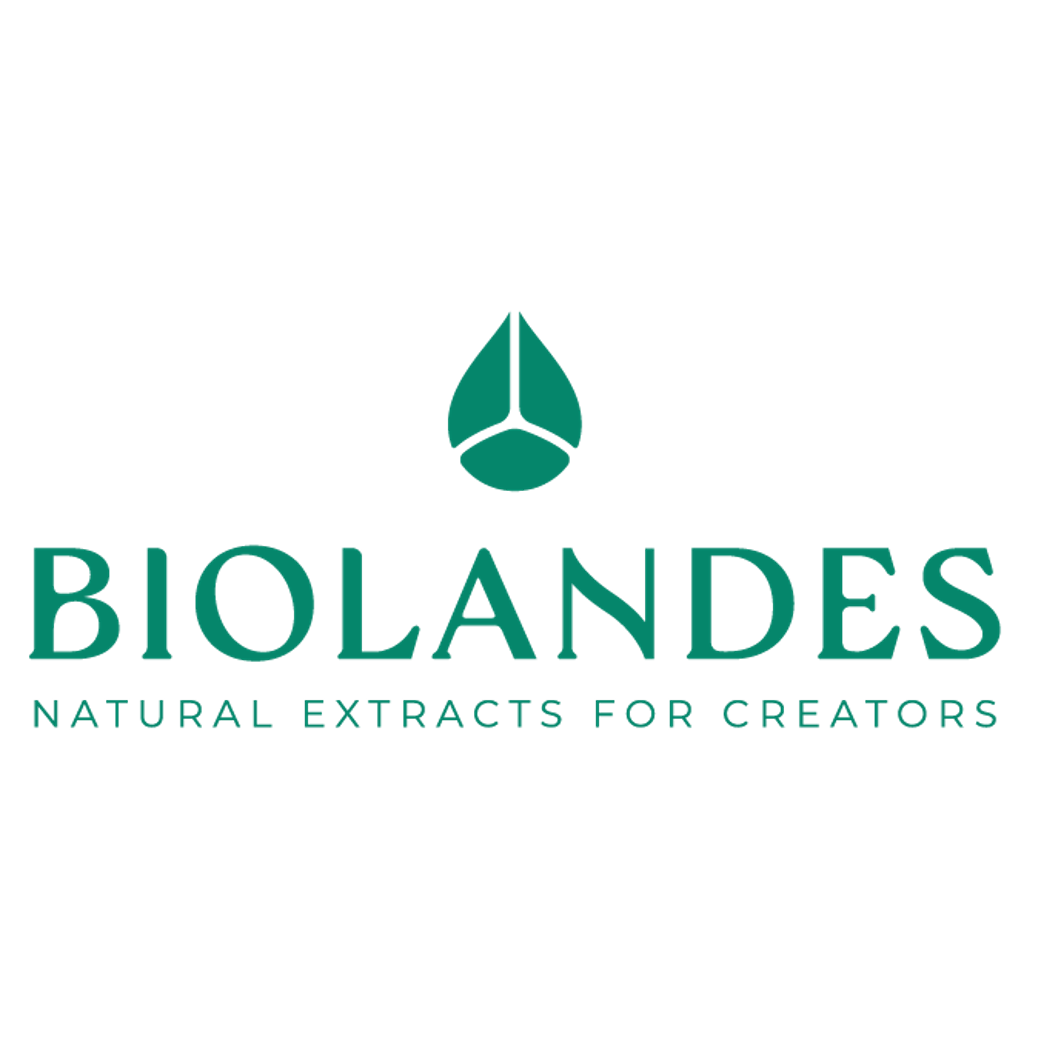Oak Moss Absolute
Naturelle
Undergrowth > Mossy > Smoky Woods > Animalic

Crédits photo: ScenTree SAS
Latin name :
Evernia prunastri
Botanical profile :
Oak moss is the moss of a tree belonging to the Parmeliacae family and the genus Evernia.
Geographic origin :
Oak moss is grown mainly in Yugoslavia, Macedonia, Morocco and France, where it originates.
Chemotypes :
In perfumery, three types of lichen are used:
Evernia prunastri : Oak Moss Absolute
Evernia furfuracea : Tree Moss Absolute
Usnea longissima : Cedar Moss Absolute, which can be found in China and Tibet, but of a different botanical family.
Other species of the genus Evernia are also distinguished: Evernia divaricata, Evernia esorediosa and Evernia mesomorpha. These are not used in perfumery.
Evernia prunastri : Oak Moss Absolute
Evernia furfuracea : Tree Moss Absolute
Usnea longissima : Cedar Moss Absolute, which can be found in China and Tibet, but of a different botanical family.
Other species of the genus Evernia are also distinguished: Evernia divaricata, Evernia esorediosa and Evernia mesomorpha. These are not used in perfumery.
Extraction process :
The harvest is handmade in Yugoslavia for the most part. The mosses are piled in a truck specially used for the harvest and taken to the factory. The mosses are macerated in water at room temperature for one to three days, to moisten and soften the lichens, which are crushed afterwards. The extraction is done by three successive washes with a mixture of cyclohexane and isopropanol.
The concrete is obtained after removing the lichens and evaporating the extraction solvent. The absolute is obtained by extracting the concrete with alcohol. The concrete waxes are precipitated by a glazing with a temperature gradient from 140 °F to 32 °F.
The absolute yield is between 1.5 and 4%.
Part of the colour can be removed from the absolute by treatment with activated carbon, or almost completely by molecular distillation.
The concrete is obtained after removing the lichens and evaporating the extraction solvent. The absolute is obtained by extracting the concrete with alcohol. The concrete waxes are precipitated by a glazing with a temperature gradient from 140 °F to 32 °F.
The absolute yield is between 1.5 and 4%.
Part of the colour can be removed from the absolute by treatment with activated carbon, or almost completely by molecular distillation.
Major Components :
Evernic Acid (≈3%)
Usnic Acid
Formic Acid
Small quantity of Vanillin
Small quantity of Eucalyptol
Usnic Acid
Formic Acid
Small quantity of Vanillin
Small quantity of Eucalyptol
- Uses in perfumery :
- Useful in fougere and chypre notes (with Bergamot EO, Cistus EO, Cistus Labdanum Absolute Green Patchouli EO and possibly Lavender EO) for a rich and warm addition.
- Other comments :
- Botanically, we talk about lichen rather than moss. Lichens result from a symbiosis between a mushroom and an algae.
We also differentiate tree mosses and cedar mosses.
The use of oak moss tends to be replaced by Evernyl® or Oak Moss Olifak base, as this raw material is strongly regulated by the IFRA. - Volatility :
- Base
- Appearance :
- Brown paste
- Stability :
- Solubility issues in perfumes
Stable oil in perfumes and in diverse functional bases - Price Range :
- €€€€
- Aromatherapy :
Informations provided below are taken from reference works in aromatherapy. They are given for information purposes only and can not constitute medical information, nor engage the responsibility of ScenTree.
Because of its highly allergenic nature, oak moss is used very little in aromatherapy.

Crédits photo: ScenTree SAS
- EINECS number :
- 90028-68-5
- FEMA number :
- 2795
- Allergens :
- Oak Moss Absolute is an allergenic ingredient alone
- IFRA :
- This ingredient is restricted by IFRA
- Restriction type :
- RESTRICTION_SPECIFICATION
- Cause of restriction :
- DERMAL SENSITIZATION
- Amendment :
- 49
- Comments :
- For Oakmoss and Treemoss extracts, the restrictions in the Standards are directly linked to the presence of Atranol and Chloroatranol in the finished products. To ensure that those remain below trace levels, the upper concentration levels have not been increased (compared its last publication in the Amendment 43 (2008)). In the presence of Treemoss extracts, the level of Oakmoss in the respective category has to be reduced accordingly, such that the total amount of both extracts does not exceed the maximum permitted level in each category as listed in the table above. If the same fragrance mixture is intended to be used in more than one IFRA Category, then the most restrictive limitation (based on foreseen use concentrations and maximum permitted level) will apply. Oakmoss extracts must not contain added Treemoss, which is a source of resin acids. Traces of resin acids may be carried over to commercial qualities of Oakmoss in the manufacturing process. These traces must notexceed 0.1% (1000 ppm) of Dehydroabietic acid (DHA) in the extract. The concentration of resin acids in Oakmoss can be measured with an High Performance Liquid Chromatography (HPLC) Reverse Phase – Spectrofluorometry method. Further, levels of Atranol and Chloroatranol should each be below 100 ppm in Oakmoss extracts.
- Quantitative limit on the use :
-
Cat.1 Cat.2 Cat.3 Cat.4 Cat.5A Cat.5B Cat.5C Cat.5D Cat.6 0,02 % 0,016 % 0,1 % 0,1 % 0,076 % 0,076 % 0,076 % 0,076 % 0,18 % Cat.7A Cat.7B Cat.8 Cat.9 Cat.10A Cat.10B Cat.11A Cat.11B Cat.12 0,1 % 0,1 % 0,032 % 0,1 % 0,1 % 0,1 % 0,1 % 0,1 % No Restriction - Restriction type :
- SPECIFICATIONS
- Cause of restriction :
- Amendment :
- Comments :
- Oak moss extracts used in fragrance compounds must not contain added tree moss, which is a source of resin acids. Traces of resin acids may be carried over to commercial qualities of oak moss in the manufacturing process. These traces must not exceed 0.1% (1000ppm) dehydroabietic acid (DHA) in the extract. The concentration of resin acids in oak moss can be measured with an HPLC Reverse Phase - spectrofluorometry method. Further, levels of atranol and chloroatranol should each be below 100ppm in oak moss extracts.
To learn more about IFRA's standards : https://ifrafragrance.org/safe-use/library
ScenTree is solely responsible for the information provided here.



